 Abraham Lincoln
If given the truth, the people can be depended upon to meet any national crisis...
Abraham Lincoln
If given the truth, the people can be depended upon to meet any national crisis...
 Guildford news...
for Guildford people, brought to you by Guildford reporters - Guildford's own news service
Guildford news...
for Guildford people, brought to you by Guildford reporters - Guildford's own news service
Birdwatcher’s Diary No.42
Published on: 31 Jul, 2013
Updated on: 31 Jul, 2013
By Malcolm Fincham
With daytime temperatures continuing to hover around 30c and our young common terns now fledged from Stoke Lake (a good week earlier than last year) I turned my attention to a few invitations I’d had to visit some other places.
With a long time friend Simon, alias ‘wood chip’, and Charlie, the first trip was to find whether Dartford warblers still exist on at least one of our remaining Surrey heathlands.
These birds have been living in Surrey on what is some of the most northerly points of their breeding range. They have enjoyed many years of successful breeding, and at one time even increasing in numbers in some areas, with even a few pairs resident on Whitmoor Common at Worplesdon.
However, due to the combination of heathland fires destroying their habitats of dense gorse in which they can find insects to feed on during cold spells and several harsh winters recently, I had not seen or heard one singing its scratchy call for a good five years.
Here’s a You Tube clip of a Dartford warbler.
Nor had I heard them on Thursley Common where they were once in good numbers. I had convinced myself that none now existed on any of the heathlands surrounding Guildford.
One stretch of heathland I had overlooked and had not set foot on since my teenage years was Ash Ranges. An area of well over 2,000 acres owned by the Ministry of Defence but leased to Surrey Wildlife Trust (SWT) for the grazing of cattle and even a few goats! Check out the SWT website.
We met soon after 5am and with the guidance of Charlie, who knows the area far better than me, I found myself being led to the first of a number of sightings of Dartford warbler within a few minutes. Although most of our sightings were just fleeting ones, followed by a scratchy call as they disappeared deep into the heather or gorse, I was ‘well happy’ to walk away having even managed to take a few ‘record shots’.
A few woodlark were present on the heathland, while a skylark could be heard singing high above. Even a small flock of crossbills flew over to add to the day list.
In addition, there were various species of butterfly and I took several photos of the common blue which were in good numbers there.
The second of our outings was on Wednesday, July 17, and a pre-arranged booking to a location in Wiltshire where an on-going project is under way to re-introduce what is probably the heaviest bird in the world that is capable of flying. The great bustard was once a common site on Salisbury Plain, until the last one was shot in 1832.
The pre-booked ride in a Land-Rover to the viewing hide was rather bumpy but enjoyable. I was just a little disappointed with myself for not being brave enough to request a stop to take a few pictures of small groups of corn buntings and marbled white butterflies we passed along the way. But this was soon forgotten once we were viewing across the field from the hide and able to focus our binoculars on several of the great bustards on display.
Although in some circles of birdwatching there is perhaps some dispute that these birds can’t be counted as a ‘life list’ tick due to how they are still monitored, I personally found it a very educational and rewarding venture. I will certainly be adding them to my list of ‘have seens’. For more information about them, click on this link, and this one.
In an attempt to take me away from my passion of wildlife for a few days, the next day I found myself being abducted by my wife and driven to Cornwall to visit relations who live on Bodmin Moor. But I was able to smuggle my camera on board and pleased I did so.
Being quite used to early starts, once down there I was able to get up early and sneak out well before anyone else awoke. I got a few rather pleasing photos, especially of several yellowhammers singing their charming ‘a little bit of bread and no cheese’ song. Click here for a You Tube clip.
I also saw a young family of long-tailed tits feeding on flower blossom. Having missed out on a photo of a marbled white butterfly on Salisbury Plain, it was good to have one settle long enough while in Cornwall to add it to the collection, as well as several other species of butterfly.
Although only having a basic knowledge of butterflies, they have always taken my interest. I recall as an eight-year-old smiling at one as it fluttered around my classroom during a lesson and then receiving a slap from the teacher for my daydreaming. Something that would cause an outcry in this day and age (and rightly so.. but I digress).
This basic knowledge certainly revealed itself at the following location I visited…. Arriving back from Cornwall my first job was to check my emails for any important news or updates and indeed there was… A message from ‘wood chip’ inviting me on another venture – a morning out to Noar Hill, an area just outside Surrey, near Selbourne in Hampshire. Click here for details.
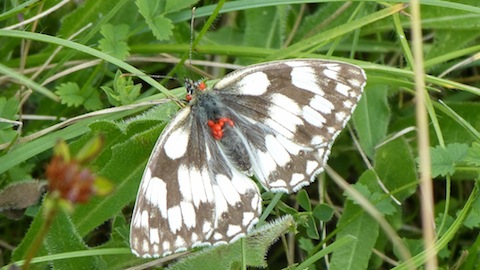
Lots of Marbled white butterflies at Noar Hill too – this one affected by a red parasite common to the species.
Although not a vast area, it is an excellent one to visit at this time of year – if you like wild flowers and butterflies and a nice variety of birds thrown in for good measure.
I decided to close this report with an evening walk on Sunday, July 28, along my local patch from Stoke Lock to Bowers Lock in Burpham.
On my return along the towpath having seen very little of significance, just a pair of mistle thrush and a few recently fledged warblers of different types, and not taken a single picture, my thoughts drifted for some reason to whether a sparrowhawk might put in a performance and flash by.
Just at that moment I heard several blackbirds sounding their alarm calls from the wooded areas on both sides of the river, click here if you are not familiar.
As I paused to listen, a sparrowhawk carrying its prey landed just 20 yards away, allowing me my best ever shots of one. What luck! or was it … synchronicity? Well, Carl Jung and Albert Einstein both believed in the phenomenon.
Responses to Birdwatcher’s Diary No.42
Leave a Comment Cancel replyPlease see our comments policy. All comments are moderated and may take time to appear.
Recent Articles
- Guildford Institute’s Crowdfunding Project for Accessible Toilet in its New Community and Wellbeing Centre
- Letter: Guildford – Another Opportunity Missed?
- Letter: GBC’s Corporate Strategy – Where Is the Ambition?
- My Memories of John Mayall at a Ground-breaking Gig in Guildford Nearly Six Decades Ago
- Westborough HMO Plans ‘Losing the Heart of the Street’ Says Resident
- College Invests to Boost Surrey’s Economy and Close Digital Skills Gap
- Community Lottery Brings Big Wins for Local Charities
- GBC Housing Plan Promises ‘A Vibrant Urban Neighbourhood’ Near Town Centre
- Hospital Pillows ‘Shortage’ at the Royal Surrey
- Updated: Caravans Set Up Camp at Ash Manor School


Recent Comments
- Ian Macpherson on Updated: Main Guildford to Godalming Road Closed Until August 1
- Sara Tokunaga on GBC Housing Plan Promises ‘A Vibrant Urban Neighbourhood’ Near Town Centre
- Michael Courtnage on Daily Mail Online Reports Guildford Has Highest-paid Council Officer
- Alan Judge on GBC Housing Plan Promises ‘A Vibrant Urban Neighbourhood’ Near Town Centre
- John Perkins on GBC Housing Plan Promises ‘A Vibrant Urban Neighbourhood’ Near Town Centre
- S Collins on GBC Housing Plan Promises ‘A Vibrant Urban Neighbourhood’ Near Town Centre
Search in Site
Media Gallery
Dragon Interview: Local Artist Leaves Her Mark At One of England’s Most Historic Buildings
January 21, 2023 / No Comment / Read MoreDragon Interview: Lib Dem Planning Chair: ‘Current Policy Doesn’t Work for Local People’
January 19, 2023 / No Comment / Read MoreA3 Tunnel in Guildford ‘Necessary’ for New Homes, Says Guildford’s MP
January 10, 2023 / No Comment / Read More‘Madness’ for London Road Scheme to Go Ahead Against ‘Huge Opposition’, Says SCC Leader
January 6, 2023 / No Comment / Read MoreCouncillor’s Son Starts Campaign for More Consultation on North Street Plan
December 30, 2022 / No Comment / Read MoreCounty Council Climbs Down Over London Road Works – Further ‘Engagement’ Period Announced
December 14, 2022 / No Comment / Read MoreDragon Interview: GBC Reaction to the Government’s Expected Decision to Relax Housing Targets
December 7, 2022 / No Comment / Read MoreHow Can Our Town Centre Businesses Recover? Watch the Shop Front Debate
May 18, 2020 / No Comment / Read More



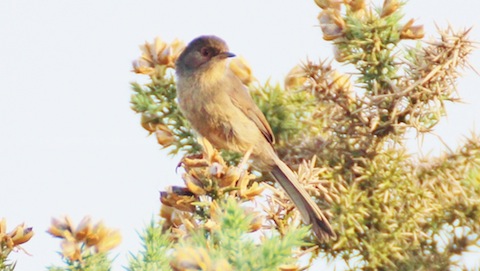
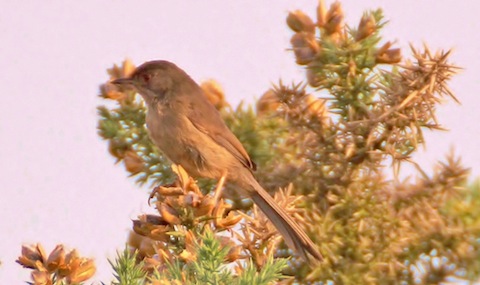
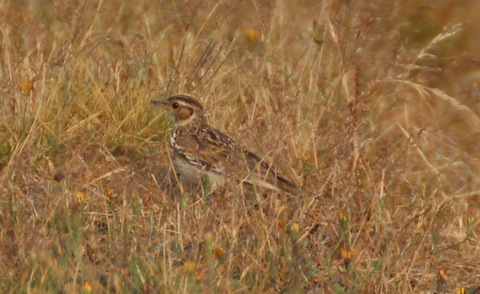
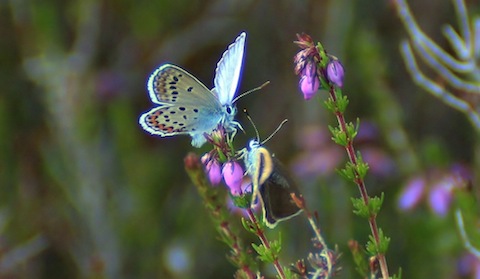
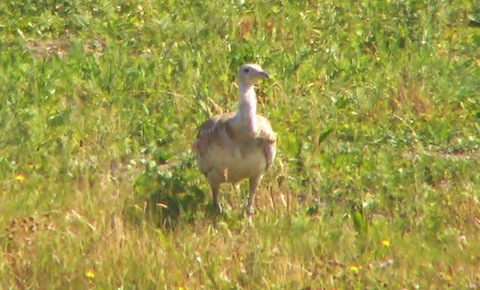
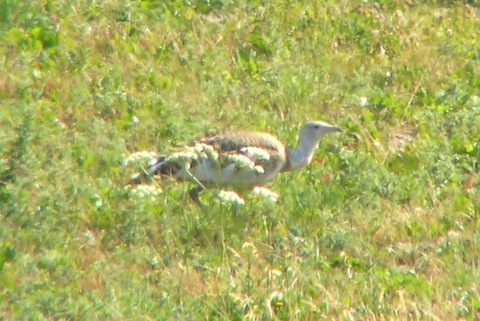
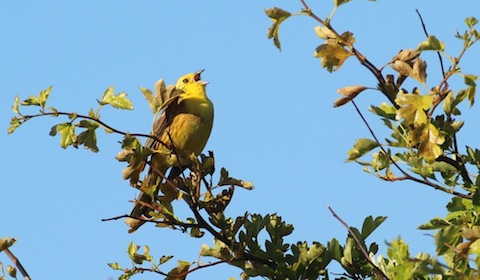
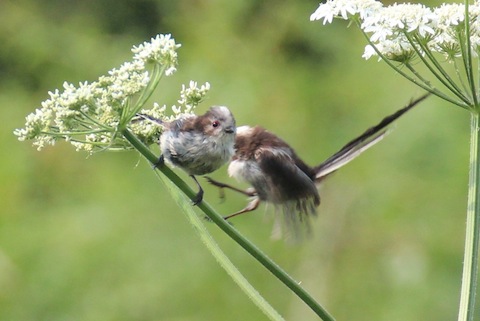
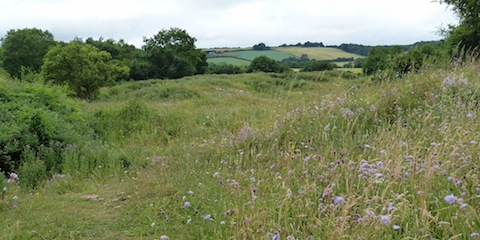
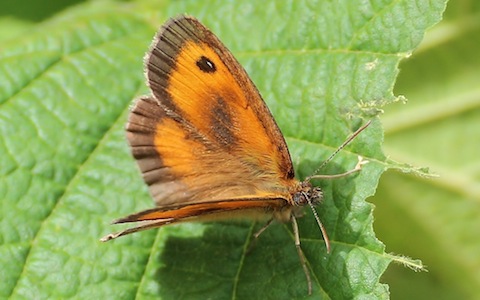
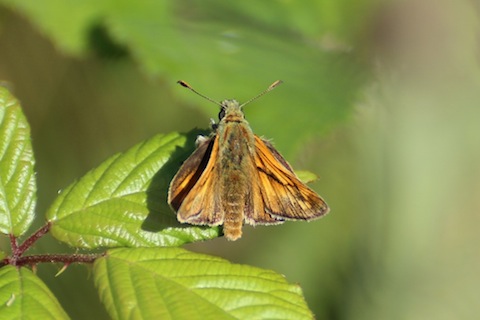

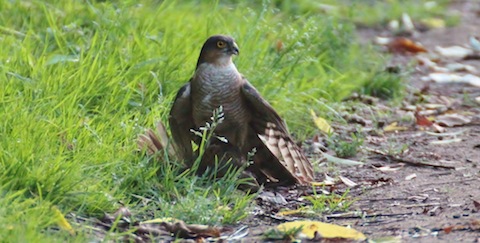






Mike Beer
August 3, 2013 at 1:58 pm
Just a comment about bustards for Malcol. The Kori Bustard of the Kalahari and northern Cape is the heaviest flying bird. It is a lot bigger than the Great Bustard of Europe. A real monster. They are common in the Kalahari Gemsbok Park on the border of SA and Botswana.
Malcolm Fincham
August 4, 2013 at 6:03 pm
I will concede that in a game of ‘Top Trumps’ the Kori Bustard would be the winner but possibly not by as great a margin as one might imagine?
They are indeed both real monsters. The adult male great bustard according to records can weigh in at a massive forty pounds a good eight pounds heavier than an average adult swan but just a few pounds lighter than the ‘Kori’.
I would highly recommend a visit!